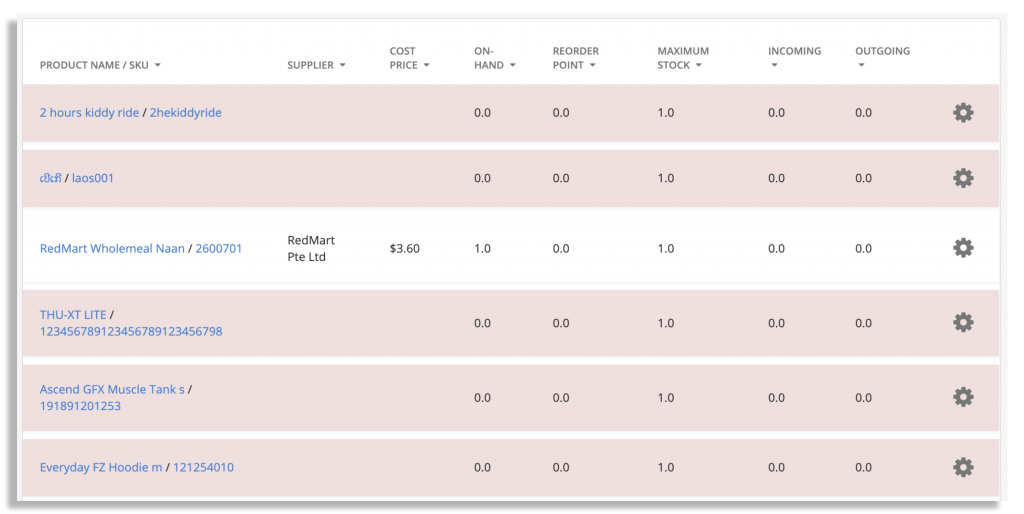No products in the cart.

Without a doubt one discipline that all retail owners have to master is inventory management.
Proper inventory management will prevent “out of stock” situations, help you to identify performing products and even deter or prevent theft of stock.
A huge part of an excellent inventory management system is your inventory report.
In this article we will focus on how inventory reports can contribute to and improve your business.
What is an Inventory Report?
In simple terms, inventory reports refers to having a complete overview of your stock and its count.
A good inventory report includes details like how much stock you have, which products are selling the fastest, category performance, and other information about the status and performance of inventory.
Why are Inventory Reports Important?
Inventory reports are essential to your business due to the insights it is able to provide retailers.
Successful businesses are always data-driven.
These numbers can help you highlight trends or discover discrepancy in stocks.
How to Create Inventory Reports?
While you can technically do all the inventory reports up manually on excel sheets, modern POS machines like EPOS POS system do integrate reliable inventory management systems.
Inventory management systems are able to churn out a variety of different inventory report with a high degree of accuracy.
This speeds up the process, minimizes human errors and syncs data across platforms.

There are different kinds of inventory reports that you can use depending on your focus.
We will look at the three most commonly used inventory reports.
1. Inventory On Hand
This is the most straightforward report which will indicate the number of stock units you have in your store as well as the current stock value.
This helps you measure how much capital you have in your inventory which helps you to forecast, reorder and budget.
2. Low Stock
Out of stock situations not only result in a loss of sales but also lowers customer satisfaction.
You can regularly generate inventory reports that display items running low on stock count.
However, manual updates can be prone to lapse in information that could lead to an inaccurate stock count which are dangerous
I would recommend using an automated low stock reports generated by modern POS machines instead.
For example, the EPOS POS system in Singapore uses a smart, A.I. driven stock ordering system developed in partnership with A*STAR to stay on top of stock count and reorder proactively.
3. Product Performance Report
This inventory report tells you which products are the most popular and profitable.
The gap between purchases indicates how “hot” an item is.
For example, if there was a long time between the first and last sale date, you’ll want to investigate why it’s not selling quickly.
And if you have items that are flying off the shelves, you might consider bigger restock orders.
Was this article helpful?
YesNo

